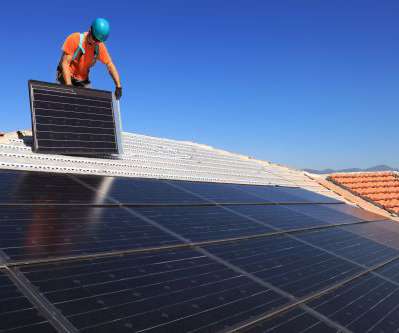Demand Response Industry Asks Feds to Open States to Energy Market Competition
GreenTechMedia
OCTOBER 20, 2020
Over the past half-decade, the Federal Energy Regulatory Commission has consistently won court battles upholding its authority over states to set the rules for how distributed energy resources can play in wholesale energy markets. ” Why demand-side resources are gaining grid power.















Let's personalize your content